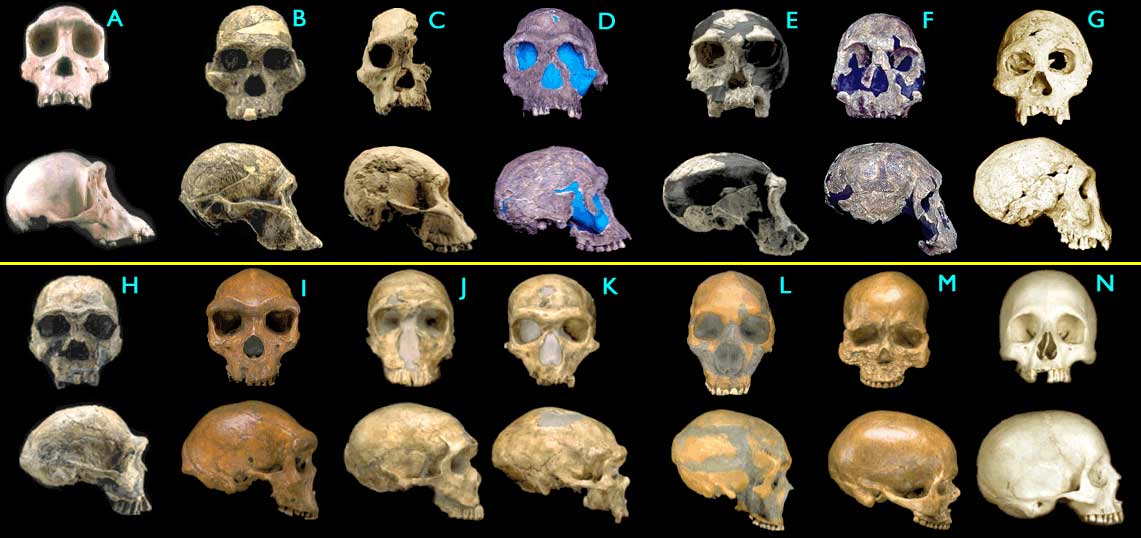There's a phrase which many evolutionists use which for the longest time has bugged me: "All fossils are transitional fossils". It bugs me because the general definition of transitional fossil which I've come to understand is a fossil which has particular characteristics that place it as an intermediary between two other taxa.
For example, that very definition is used Index of Creationist Claims on T.O. is:
Conversely, if a fossil does not meet this criteria then by definition it is not a transitional fossil. Hence, all fossils cannot be transitional. And indeed some fossils (i.e. trace fossils that don't show morphology at all) definitely cannot be transitional by any definition.
Compounding this, however, is the issue that the term "transitional fossil" isn't used much in scientific literature. I can't find it in any of my books on evolution and a Google Scholar search only reveals a couple hundred hits. More often, the term "missing link" is used.
I'm curious how other people define the term and how they would use it. In particular, for people who claim "all fossils are transitional fossils", can you actually defend that with a definition of transitional fossil that is all-inclusive?*
* (Although personally I feel such a definition wouldn't be terribly useful.)
For example, that very definition is used Index of Creationist Claims on T.O. is:
What a transitional fossil is, in keeping with what the theory of evolution predicts, is a fossil that shows a mosaic of features from an older and more recent organism.
Conversely, if a fossil does not meet this criteria then by definition it is not a transitional fossil. Hence, all fossils cannot be transitional. And indeed some fossils (i.e. trace fossils that don't show morphology at all) definitely cannot be transitional by any definition.
Compounding this, however, is the issue that the term "transitional fossil" isn't used much in scientific literature. I can't find it in any of my books on evolution and a Google Scholar search only reveals a couple hundred hits. More often, the term "missing link" is used.
I'm curious how other people define the term and how they would use it. In particular, for people who claim "all fossils are transitional fossils", can you actually defend that with a definition of transitional fossil that is all-inclusive?*
* (Although personally I feel such a definition wouldn't be terribly useful.)




